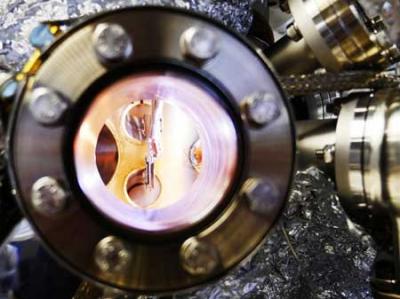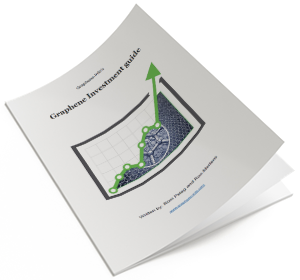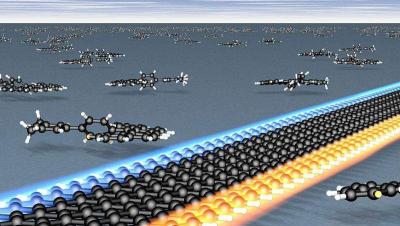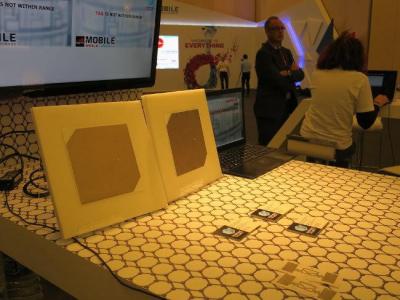Substrate choice effects graphene doping
Researchers at Forschungszentrum Jülich that have studied how the structure of the substrate material influences the doping process in graphene, discovered unexpected effects and found that effective doping depends on the choice of substrate material.

Scientists have been testing silicon carbide (a crystalline compound of silicon and carbon) for use as a substrate material for graphene. When the material is heated to more than 1400 degrees Celsius in an argon atmosphere, graphene can be grown on the crystal. However, this epitaxial monolayer graphene displays -albeit slight â interaction with the substrate, which limits its electron mobility. In order to circumvent this problem, hydrogen is introduced into the interface between the two materials. This method is known as hydrogen intercalation. The bonds between the graphene and the substrate material are separated and saturated by the hydrogen atoms. This suppresses the electronic influence of the silicon crystal while the graphene stays mechanically joined with the substrate: quasi-free-standing monolayer graphene.





